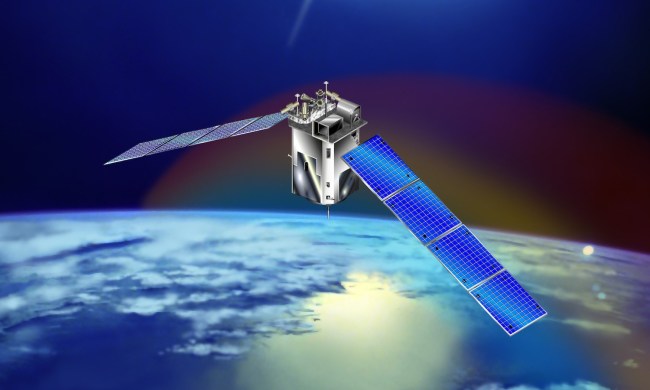NASA’s planet-hunting satellite, TESS (Transiting Exoplanet Survey Satellite), was launched last year to search for exoplanets — particularly those which could potentially support life. The satellite will observe 400,000 stars across the sky and select a target from the new TESS Habitable Zone Star Catalog.
The catalogue is a list of 1,822 stars within TESS’s range which have Earth-sized planets in orbit whose planets receive a similar amount of radiation from their star as we do from our Sun. This includes a group of 408 stars which have planets around the size of Earth and similar radiation which can be observed in just one transit.
“Life could exist on all sorts of worlds, but the kind we know can support life is our own, so it makes sense to first look for Earth-like planets,” lead author Lisa Kaltenegger, professor of astronomy in the College of Arts and Sciences and director of Cornell’s Carl Sagan Institute, said in a statement. “This catalog is important for TESS because anyone working with the data wants to know around which stars we can find the closest Earth-analogs.”
And TESS’s search is already paying off. This week, astronomers analyzing data from TESS announced they have discovered a Saturn-sized planet.

TESS’s first planetary discovery is the “hot Saturn” planet TOI 197.01. That means it’s a planet about the same size as Saturn but located close to its star, so it has a very high temperature. In fact, this planet is so close to its star that it completes an orbit in just 14 days.
“This is the first bucketful of water from the firehose of data we’re getting from TESS,” Steve Kawaler, a professor of physics and astronomy at Iowa State University, said in a statement.
The researchers are already planning for what other objects they could search for with TESS. “The thing that’s exciting is that TESS is the only game in town for a while and the data are so good that we’re planning to try to do science we hadn’t thought about,” Kawaler said. “Maybe we can also look at the very faint stars — the white dwarfs — that are my first love and represent the future of our sun and solar system.”



